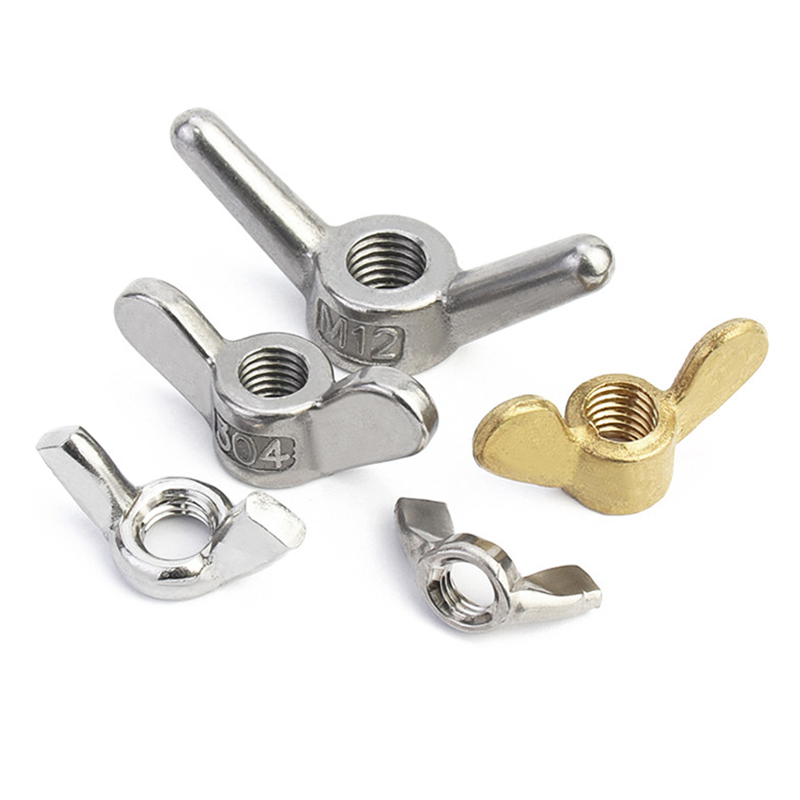

Different Categories of Clips and Fasteners for Various Applications and Uses in Everyday Life
8월 . 13, 2024 03:06 Back to list
Different Categories of Clips and Fasteners for Various Applications and Uses in Everyday Life
Understanding Types of Clips and Fasteners
In the world of manufacturing, construction, and even everyday use, clips and fasteners play a critical role in holding things together. These small but essential components serve various functions, from securing materials to providing support in structural applications. This article will explore the different types of clips and fasteners, their purposes, and the materials used in their construction.
What Are Clips and Fasteners?
Clips and fasteners are devices used to hold or attach objects together. While the terms are often used interchangeably, there are distinctions. Clips usually refer to devices that can hold materials together without the need for additional tools, while fasteners often require tools for installation, such as screws, bolts, or rivets.
Types of Clips
1. Clamps Clamps are versatile devices used to secure objects in place. They come in various designs, such as C-clamps, spring clamps, and bar clamps. Clamps are typically used in woodworking and metalworking to hold materials together during assembly or to prevent movement.
2. Binder Clips These are commonly used in offices and schools to hold sheets of paper together. Binder clips are available in various sizes and can hold many pages without damaging the documents.
3. Hinged Clips Often used for attaching papers or lightweight materials, hinged clips open and close like a hinge, making them easy to use. They are frequently found in educational settings and homes.
4. Snap Clips Snap clips are designed to quickly connect and disconnect components. They are prevalent in apparel and accessories, such as backpacks and belts, where quick-release functionality is desired.
5. Cable Clips Used in organizing cables and wires, these clips help prevent tangling and provide a neat appearance. They are commonly used in electronics and home improvement projects.
Types of Fasteners
types of clips and fasteners

1. Screws Screws are threaded fasteners that are driven into materials to create a secure hold. They come in various types, including wood screws, machine screws, and self-tapping screws, each designed for specific applications.
2. Bolts Similar to screws but typically require a nut for fastening. Bolts are commonly used in construction and machinery, providing strong connections in heavy-duty applications.
3. Nails Nails are one of the oldest types of fasteners, used primarily in woodworking. They are driven into materials for support and stability, available in various lengths and gauges.
4. Rivets Rivets are permanent fasteners often used in metal construction and assembly. They join materials by deforming the end of a cylindrical shaft, creating a strong bond that is resistant to shear and tensile stress.
5. Anchors Used primarily in masonry and concrete applications, anchors secure fasteners to walls or ceilings, allowing them to support heavy loads. Types of anchors include expansion anchors and sleeve anchors.
Materials Used in Clips and Fasteners
The materials used in the production of clips and fasteners vary widely, depending on the intended application. Common materials include
- Steel Known for its strength and durability, steel is commonly used for screws, bolts, and nails. - Plastic Lightweight and resistant to corrosion, plastic is frequently used for clips and fasteners that require flexibility and ease of use. - Aluminum This lightweight metal is often used for rivets and bolts in aircraft and automotive applications due to its strength-to-weight ratio. - Brass Known for its corrosion resistance and aesthetic appeal, brass is often used in decorative fasteners and fittings.
Conclusion
Clips and fasteners, though often overlooked, are integral parts of countless applications across various industries. Understanding the different types and materials helps in selecting the right component for specific needs, ensuring durability, functionality, and efficiency in projects. Whether for industrial use or everyday tasks, these small components are essential for keeping our world connected.
Latest news
-
Premium Fasteners Manufacturer | AI-Driven Solutions
NewsAug.01,2025
-
Hot Dip Galvanized Bolts - Hebei Longze | High Strength, Corrosion Resistance
NewsAug.01,2025
-
High-Strength Hot Dip Galvanized Bolts - LongZe | Corrosion Resistance, Custom Sizes
NewsAug.01,2025
-
Best Self Tapping Screws for Drywall - Fast & Secure Installation
NewsJul.31,2025
-
High-Strength Hot Dip Galvanized Bolts-Hebei Longze|Corrosion Resistance&Customization
NewsJul.31,2025
-
Hot Dip Galvanized Bolts-Hebei Longze Metal Products|Corrosion Resistance&High Strength
NewsJul.31,2025

